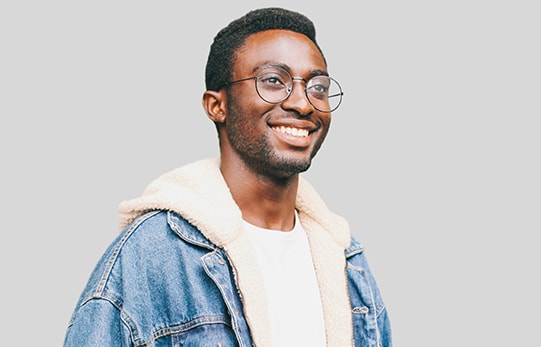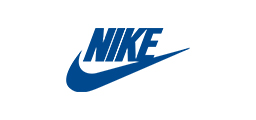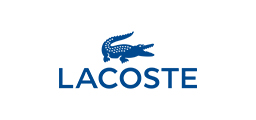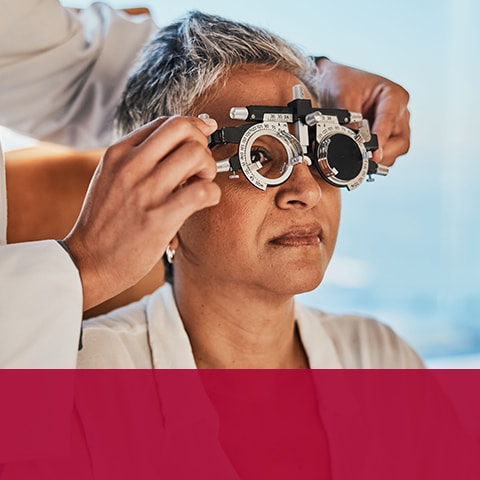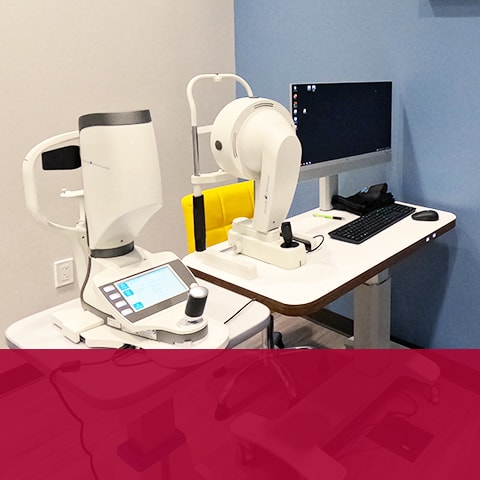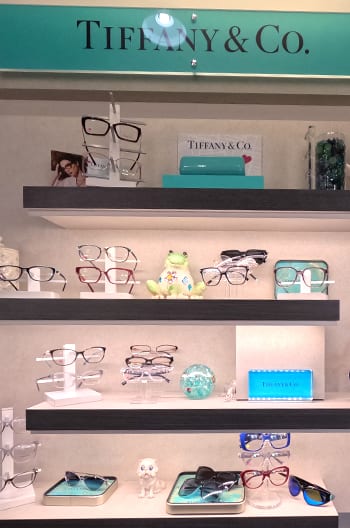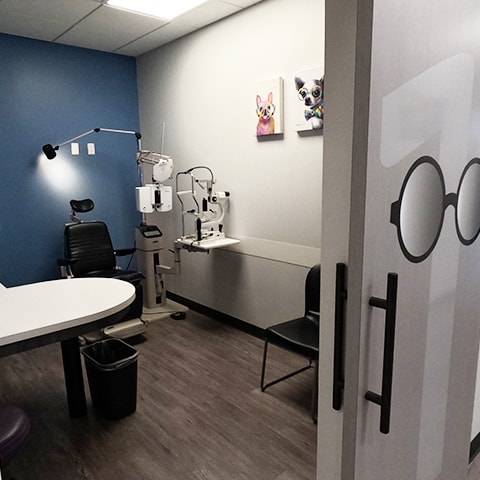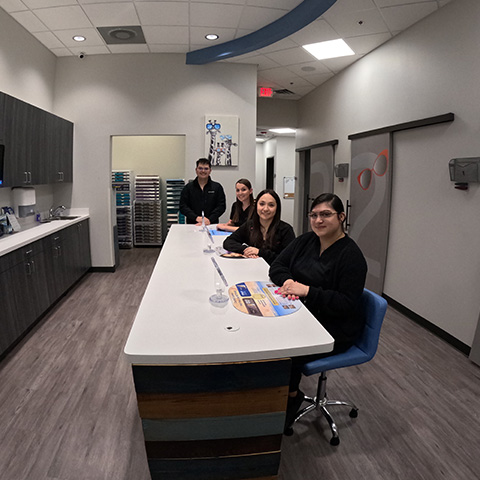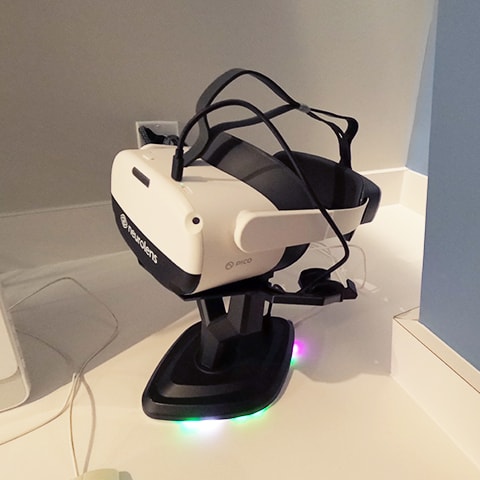What Is Myopia?
Myopia, also known as nearsightedness, is a condition where you can see close objects clearly but struggle to see objects that are further away. This happens when your eyeball is too curved or your cornea is too long.
Myopia is more common in school-aged children and is usually treated with glasses or contact lenses. It can also develop in adults due to visual stress or other medical conditions such as diabetes.
While genetics do play a role in whether or not someone gets myopia, proper care and management can lead to a better outcome for your eye health.
Book AppointmentWhat Causes Myopia?
While the exact cause of myopia is not yet known, if one or both parents are nearsighted, it increases the likelihood of their kids also being nearsighted.
Having a family history of myopia does not necessarily mean that it is the only possible outcome for your child. We can help protect your child’s vision and prevent the development or worsening of the condition.
Book Appointment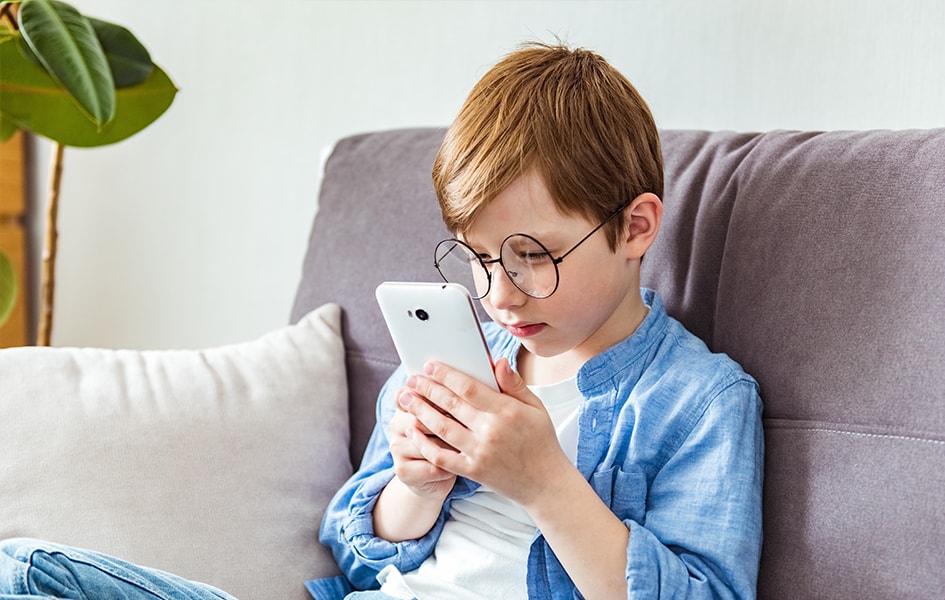
Axial Length: How the Eye’s Shape Cases Blurred Distance Vision
The axial length of the eye is measured from front to back—myopia occurs when the axial length grows too long. A typical axial length is between 23 and 23.5mm. Myopia is often seen in people with an axial length over 24mm. This can also be attributed to the cornea (the clear front cover of your eye) being too curved. As a result, light entering the eye isn’t focused, and distant objects appear blurry.
How Can AVC Help Manage Your Kid’s Myopia?
Our practice is very well equipped with technologies that can aid in early detection, which can lead to better treatment outcomes.
There is not one cookie-cutter method for treating or managing myopia. The appropriate course of action to take will depend on your child and the current state of their vision, with sustaining their eye health always being a priority.
The variety of technologies we use and treatments we offer allow patients with myopia to access the direct care they need.
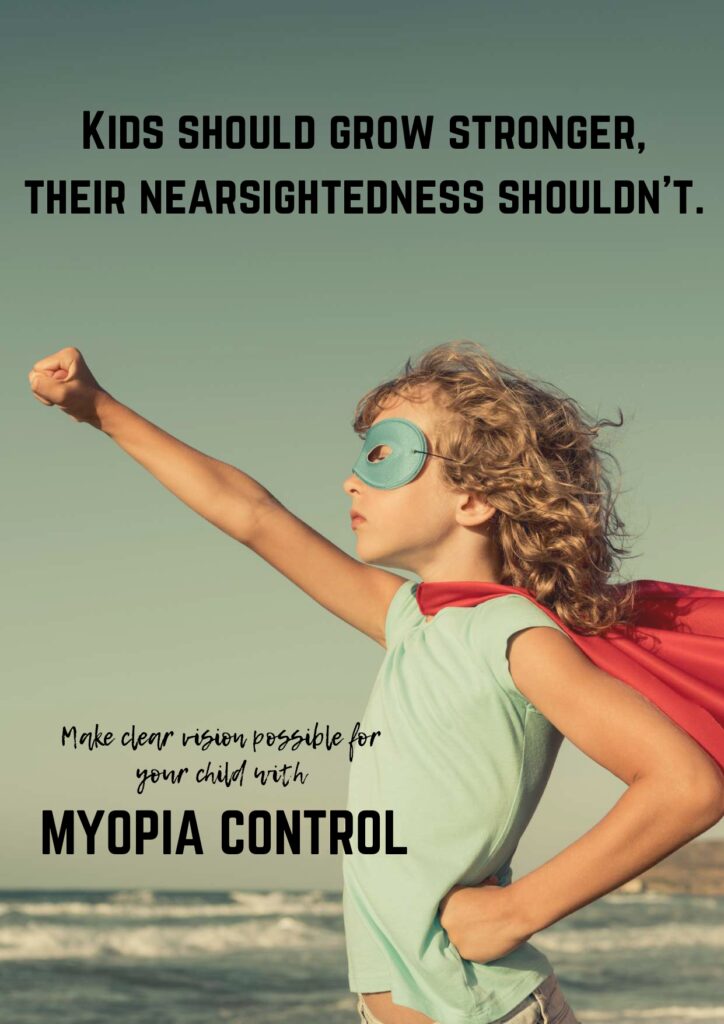
Ortho-k Lenses
Orthokeratology or ortho-k are specially designed contact lenses that temporarily reshape the cornea to help improve vision.
The easiest way to understand how ortho-k lenses work is to think of them like braces for your eyes. These are usually worn at night and work to reshape the front surface of your eye while you sleep.
Ortho-k lenses should be worn consistently to maintain results.
MiSight 1-Day Lenses
MiSight 1-day lenses are soft contact lenses designed to slow down the axial lengthening of the eye and decrease the progression of myopia in children ages 8 – 12 years old.
With this type of lens, children can fully participate in the activities they love with clearer vision and free from wearing glasses.
Multifocal Contact Lenses
Multifocal contact lenses contain 2 or more prescriptions for correcting vision at different distances. They can help stall the development of myopia in children while also simultaneously working to correct myopic vision. This prevents the child from dealing with vision impairment or other eye conditions later in life.
Atropine Eye Drops
Atropine eye drops are a multipurpose form of treatment in children’s eye care, one being myopia control. Atropine works to manage myopia by dilating the pupils and temporarily paralyzing the focusing muscle inside the eye.
Your Child’s Eye Care Matters to Us
Early detection is key for better vision outcomes and protecting your eye health.
We understand the delicacy of children’s eye care. Our focus is on preserving and strengthening their vision as they grow.
If you believe your child has myopia, visit our office for a comprehensive eye exam. We can help you manage your child’s myopia based on their current vision needs.
Book AppointmentOur Brands


